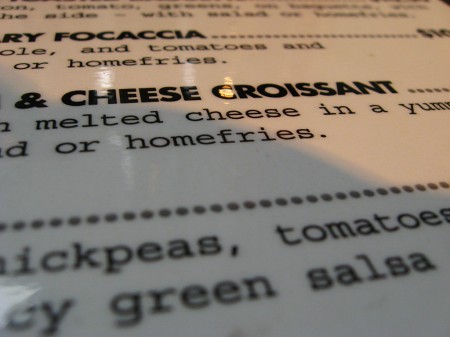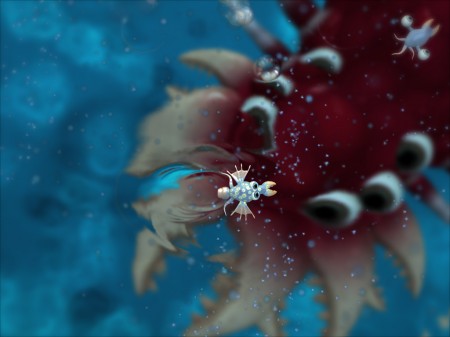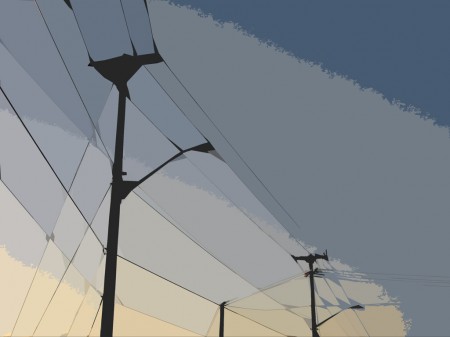
Trick or Treatment: The Undeniable Facts About Alternative Medicine applies the methodology of double-blind, randomized clinical trials to a number of different forms of ‘alternative medicine.’ Written by Simon Singh and Edzard Ernst, the book describes the history of clinical trials and evidence based medicine: citing historical examples such as finding the cause of scurvy, evaluating bloodletting as a treatment, and the importance of hygiene in hospitals, as empirically and statistically demonstrated by Florence Nightingale.
The bulk of the book consists of an examination of four very common forms of alternative medicine: looking at the clinical trials that have been carried out on them, as well as meta-analyses and systemic reviews that evaluated the quality of those studies and their conclusions. In general, the determinations made about the treatments are not very positive:
- Some evidence suggests that accupuncture can be effective for treating pain and nausea, though higher quality studies have generally found less evidence than more problematic ones. No evidence was found that accupuncture treated any other condition, despite how practitioners have advertised it as a cure for many maladies
- Homeopathy was shown to be no better than a placebo at treating any illness. This is really no surprise, since the philosophy behind it is bunk and the ‘medicines’ are demonstrably just water.
- Chiropractic therapy was shown to have comparable effectiveness to conventional physiotherapy in treating back pain, though with significant risks that do not exist for the latter treatment. Specifically, the ‘high velocity low amplitude’ manipulations used can tear blood vessels in the spine, causing strokes and infarctions.
- Some herbal remedies were shown to be effective (such as Saint John’s wart for mild to moderate depression). That being said, much evidence was uncovered of ineffective treatments (including many of the most common), contaminated medications, lax oversight, and possible adverse interactions with pharmaceuticals, when people do not inform their doctors about herbal supplements they are taking.
Perhaps most disturbing of all is the evidence of very poor medical advice provided by alternative care practitioners. All homeopaths surveyed suggested (completely ineffective) homeopathic remedies to protect against malaria during an extended trip through Africa. Chiropracters were willing to perform adjustments on the delicate and developing spines of children and infants, as well as perform adjustments without warning or notice about the significant risk of damage to blood vessels in the spine. Alternative practitioners of all stripes advised parents to avoid using highly effective vaccines on their children, and sometimes told people to discontinue conventional therapies for diseases as serious as cancer and AIDS, leading to suffering or death.
The book also covers a number of critical related topics, including the placebo effect, regression to the mean, the reasons for which large numbers of people (and doctors) have faith in alternative therapies, and issues about medical ethics. In an annex, the authors provide more concise summaries of the research done on many other treatments: ranging from reiki to meditation to yoga. Some are deemed effective, others harmless placebos, while some are identified as dangerous.
I definitely hope this book gets a great deal of public attention. Many of the abuses described are very serious. Unfortunately, the people who would probably benefit most from the book are those who are least likely to accept its analysis and conclusions. The logic of the double-blind, controlled, randomized clinical trial is extremely powerful. Most impressively, it produces unbiased results, even when the thing being tested is not fully understood. For instance, fresh fruit was identified as a cure for scurvy long before the mechanism of action was known. If alternative therapies were as effective as claimed, that would show up readily in the thousands of high-quality trials that have been conducted. The patchy nature of positive results, and the slew of negative ones, thus speak volumes about the relative effectiveness of conventional and alternative therapies.







